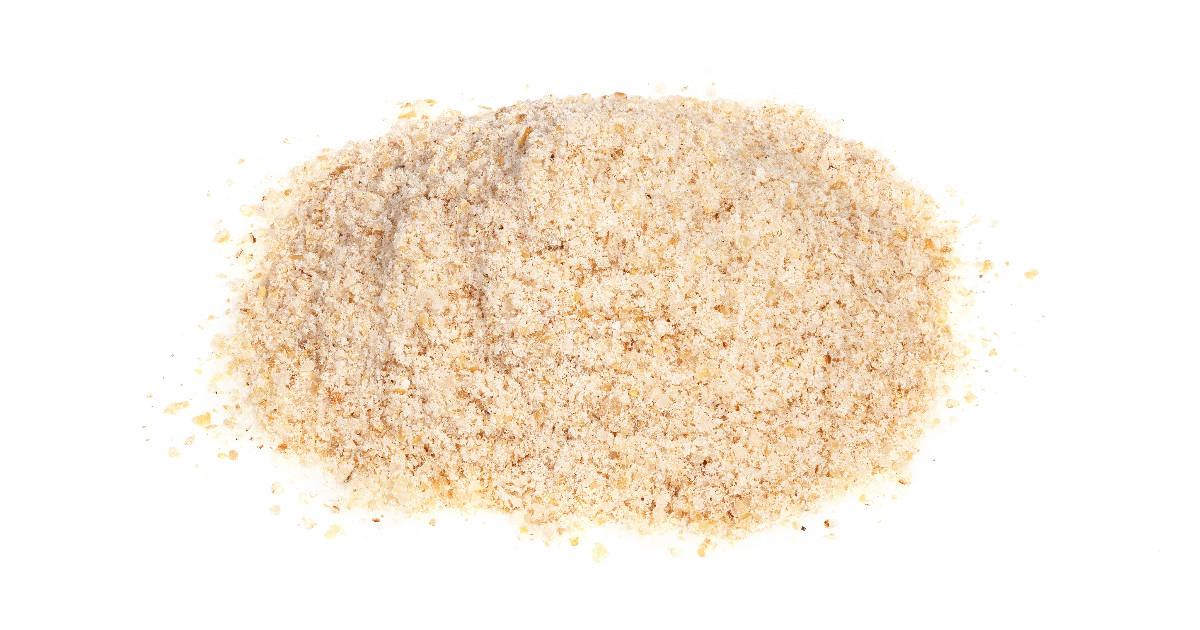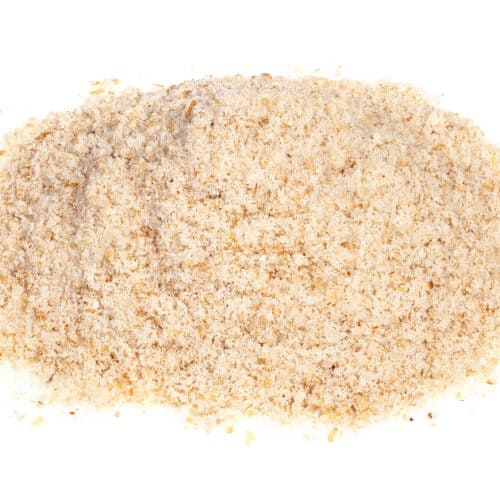Asafoetida, also known as hing, is an incredibly flavorful spice that is used in many Indian dishes. It comes from the dried sap extracted from the root of a plant species called Ferula. When raw, asafoetida has a pungent, garlicky smell, but when cooked in hot oil, it delivers a smooth flavor reminiscent of leeks and onions.

Making homemade asafoetida powder is easy and worthwhile. Store-bought asafoetida contains added wheat flour which dilutes the flavor, plus preservatives and colorings. By making your own using pure asafoetida resin, you get a powder with superior aroma and taste. Read on to learn how!
Asafoetida Resin vs. Powder
Asafoetida can be purchased in two forms - raw resin or pre-ground powder. Here's the difference:
Asafoetida Resin
This is asafoetida in its pure, natural state. It comes as solid lumps or chunks of varying sizes, with a milky-white interior and brittle, amber-colored exterior. The resin is extremely hard and needs to be crushed before grinding into powder.
Pros: Superior aroma. The fragrant essential oils haven't yet been allowed to escape.
Cons: Requires more work as you need to crush it by hand and then grind it. Raw resin also tends to be more expensive.
Asafoetida Powder
A convenient pre-ground version made by milling asafoetida resin into a fine powder. The powder is usually mixed with wheat flour to prevent clumping.
Pros: Ready to use. Easier to measure out exact quantities. Often more affordable than buying whole resin pieces.
Cons: Diluted flavor and aroma due to sitting pre-ground. Contains added wheat flour which reduces potency.
Which is Better?
For the best flavor and aroma, asafoetida resin is superior. But powder is much easier to use. Consider making your own powder using resin - that way you get the best of both worlds!
Step-By-Step Method
Equipment needed
- Frying pan
- Mortar and pestle or food processor
- Airtight glass jar for storage
Here is a simple 3-step process for making your own homemade asafoetida powder:

Homemade Asafoetida Powder Recipe
Ingredients
- Asafoetida resin
- Wheat flour or rice flour (optional - prevents clumping)
Instructions
Step 1 - Roast The Resin
- Heat a dry frying pan over medium heat. Break the asafoetida resin into smaller pieces and add to the pan. Fry for around 5 minutes, stirring frequently, until the pieces turn a shade darker and become brittle enough to crush. This enhances the flavor.
- Tip: Place the resin pieces between two sheets of parchment paper and roll a rolling pin over them to flatten them before frying. This increases the surface area for more even cooking.
Step 2 - Crush Into Powder
- Once cooked, remove the asafoetida pieces from the pan and allow to cool completely. They will become very hard. Place them into a mortar and pestle and grind them into a coarse powder. You can also use a food processor or blender instead.
- Keep grinding to your desired texture - a fine powder blends into cooking more seamlessly. If making in batches, combine all batches together at the end.
- Tip: Add a small amount of rice flour or wheat flour (around 10% of the total volume) to absorb any oils released during grinding and to prevent clumping.
Step 3 - Store In An Airtight Container
- Transfer the finished asafoetida powder into an airtight glass jar. Store it away from heat, light, and moisture to retain aroma and prevent it from clumping back together. It will keep well for 6 months or longer.
- And you're all done! Now you have homemade hing powder to add incredible depth of flavor to your Indian dishes.
Tips for Making the Best Asafoetida Powder
Follow these handy tips for top quality, pungent homemade asafoetida powder every time:
- Buy the best resin you can find - this is the determining factor for aroma and flavor. Look for pieces with a high resin content (not too woody). Brands like LG and Swastik make quality asafoetida.
- Process freshly - don't keep the resin sitting around for weeks before grinding. Use it soon after purchasing for the most robust hing flavor.
- Fry evenly - make sure the pieces get browned all over by stirring frequently in the pan. You can also flatten them first with a rolling pin.
- Grind into a fine powder for smooth blending into finished dishes. A mortar and pestle gives the best grind, but a small food processor works too.
- Add a little rice flour while grinding to soak up the oils released and prevent clumping. Wheat flour also works but avoid if gluten-free.
- Store in glass containers away from light, heat, and moisture. An airtight jar is perfect. Never use plastic containers.
Health Benefits of Asafoetida
In addition to adding scrumptious flavor to foods, asafoetida powder offers some great health benefits:
- Lowers blood pressure - Compounds like coumarins and flavonoids act as blood thinners and improve heart health. Hing powder can reduce both systolic and diastolic pressure.
- Relieves stomach issues - It prevents buildup of gas, eases bloating and distention, and may relieve constipation and IBS symptoms. These benefits also aid digestion.
- Has antioxidant properties - Asafoetida exhibits free radical scavenging activity which helps counter inflammation and protects cells from damage.
- May boost respiratory health - Traditionally used to loosen mucus and relieve coughs, colds, asthma and bronchitis issues. More research is still needed.
So your homemade asafoetida powder will not just make your food taste incredible, but should also give you some great wellness benefits!
Everyday Uses for Asafoetida Powder
Once you've made a batch of fragrant homemade asafoetida powder, here are some ideas for integrating it into cooking:
- Sprinkle into hot oil as a tempering (vaghar) for flavoring the oil before adding other ingredients
- Add pinches to daals, sambars, rasams and kuzhambu curries for background flavor
- Mix into rubs and spice blends for meats and vegetables
- Use to enhance flavor in recipes with onion or garlic
- Add during cooking of dishes containing legumes and pulses to increase digestibility
- Create onion or garlic replacement by adding to oil/ghee before other aromatics
- Toast whole spices, then grind them with the asafoetida powder for an intense, robust masala
Start with using just tiny amounts until you determine correct quantities. Too much hing can overwhelm a dish, so small pinches are all you need!
Storing Homemade Asafoetida Powder
To retain the aromatic essential oils and prevent clumping of your homemade powder, proper storage is key:
- Always store asafoetida in an airtight glass jar - never use plastic which can absorb flavor. A jar with a rubber seal gasket lining the lid is perfect.
- Keep stored in a cool, dark place away from heat and sunlight which can evaporate the precious oils.
- Make sure the powder remains completely dry in storage - moisture causes clumping by reactivating the binding resins. Using rice flour when grinding helps prevent this.
- Refrigerate during hot summer months for longest shelf life. The chill preserves fragrance and delays oil evaporation.
- Check jars every few months and rub lumps between fingers to redistribute oils and refresh.
Follow these tips and your homemade hing powder should stay fresh-smelling for 6 months up to a year before needing to be replaced.
FAQs
What's the difference between hing and asafoetida?
Hing is the Hindi name for asafoetida. They refer to the same spice.
Is making my own hing powder difficult?
Not at all. Just fry some pieces of resin until they harden, then grind into a powder. Easy and quick.
What recipes use asafoetida powder?
All kinds of Indian dishes incorporate ground hing powder - dals, curries, vegetable dishes, yogurt raitas, meat rubs, spice mixes like sambar powder, and more. Start with just a tiny pinch.
Is store-bought asafoetida bad?
It's not bad per se, just much less aromatic compared to grinding it fresh yourself. And brands contain lots of added wheat flour to prevent caking whereas homemade doesn't need this.
Can I use fresh asafoetida resin without grinding?
You can but it's very concentrated in flavor and aroma. It's better to dry and grind it first, then add pinches of powder according to taste.
Conclusion
Making DIY asafoetida powder using pure resin produces a spice infinitely more flavorful than store-bought ground hing. It's also free from unwanted additives.
The process only takes 10 minutes or so and requires inexpensive ingredients and equipment you probably already own. For best aroma and taste, fry the pieces evenly before grinding, and grind them finely into a powder.
Be sure to store your finished homemade asafoetida correctly in a sealed glass container away from air, light, heat, and moisture. This preserves the volatile oils and flavor compounds, giving your powder a shelf life of 6 months or longer.

